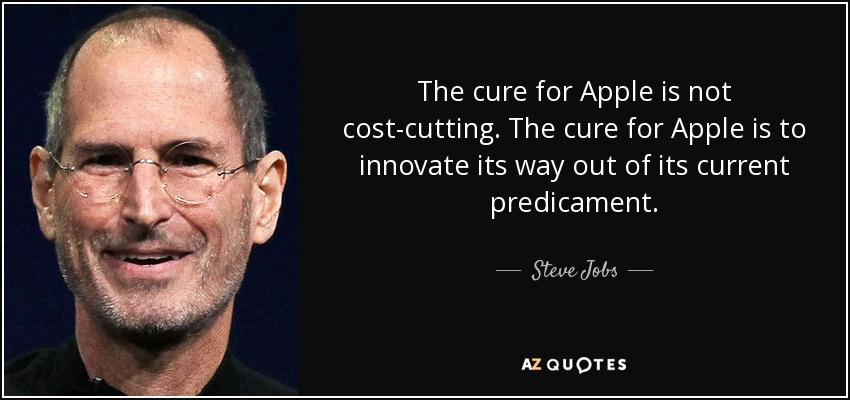O amigo @walternatez chamou-me a atenção para este artigo muito interessante:
How millions of French shoppers are rejecting cut-price capitalism https://t.co/wl767AfCZQ cc @ccz1— walter, lider impopular (@walternatez) January 28, 2020
Há uma frase acerca do leite que já citei aqui muitas vezes:
"Milk is the ultimate low-involvement category, and it shows. Only 10% of the international sample (in Denmark, Germany and Spain the number is less than 5%) would expect the private label version to be of a lesser quality."Cito-a, embora não a pratique. Há muitos anos que prefiro leite dos Açores.
Outra citação deste blogue é:
"When something is commoditized, an adjacent market becomes valuable"Como fugir à comoditização? Apostando na diferenciação. Recordo este exemplo francês do leite integral que descrevi no ano passado em "Cambão versus estratégias baseadas nos clientes-alvo".
O artigo conta uma estória sobre como fugir da race-to-the-bottom:
"“Someone said, would I please have a look at milk,” Chabanne said. “So I did. It was anLembrei-me da estória dos pêssegos:
absolute disaster. Dairy farmers were desperate, losing money on every litre; prices werebeing driven down mercilessly by the big retail groups.”
Chabanne did the arithmetic: a mere eight cents (6.8p) a litre was the difference between
a milk producer going bust (or worse: the suicide rate among French dairy farmers is30% higher than in the general population) and making a decent living. [Moi ici: A distribuição grande consegue este poder negocial porque há produtores muito grandes que conseguem ganhar dinheiro mesmo com preços muito baixos. Recordo o tamanho médio das produções leiteiras em Portugal e na Europa. No texto sobre Portugal escrevi "Explorações com menos de 10 cabeças podem ser rentáveis, não podem é seguir o mesmo modelo de negócio das que praticam a produção à escala industrial."]
...
“The average French consumer buys 50 litres of milk a year,” he said. “That meant that if consumers spent just €4 more on their milk per year, the producer might actually survive. I was convinced people would be prepared to do that.”
.
His hunch has proved right. French consumers have bought 123m litres of milk labelled C’est qui le patron?! (Who’s the boss?) since its launch in November 2016, making it the fourth-biggest milk brand in France, outsold only by the most cut-price supermarket-own brands. [Moi ici: Como não recordar o tema da polarização dos mercados]
...
As with all of the cooperative’s products, neither was advertised on TV, promoted instore or pushed by a sales team. [Moi ici: Notável]
...
The basic assumption by supermarkets is that all consumers want competitively priced produce. The cheaper, the better. CQLP might have just rewritten that rule. [Moi ici: Como não recordar a ideia de que quem trabalha prefere trabalhar para uma empresa que dê sentido ao seu esforço. Como não recordar que na língua inglesa "patron", patrono, é também sinónimo de cliente regular. Aquele que patroniza]
...
In just three years, CQLP has won over nearly 11.5 million French consumers – about one in five adults. It has also boosted the incomes of more than 3,000 farmers and manufacturers, all of whom benefit from the pledge emblazoned in big, bold capitals on the brand’s packaging: “This product pays its producer a fair price.”
...
C’est qui le patron?! is “basically about consumers both taking control of what’s on our plates, and supporting producers”, he said. “There will always be people, for all kinds of reasons, for whom price matters most. But there are also more and more who feel maybe slightly guilty when they shop for food – and would like to do better.”"
"A informação que o gerente me deu não devia estar escondida. A caixa de pêssegos devia ter uma foto do agricultor, um mapa da região onde foram produzidos e uma mensagem pessoal dele para os consumidores.
.
Voltando ao segundo tweet, citado lá em cima, o século XX enterrou-nos no Normalistão, encarcerou-nos num modelo mental em que só o preço conta, e só nos ensinou uma forma de fazer preços: custo mais uma margem.
.
No Estranhistão, os actores económicos vão aprender que o preço não tem nada a ver com o custo e tudo a ver com o valor percepcionado pelos clientes-alvo."




















